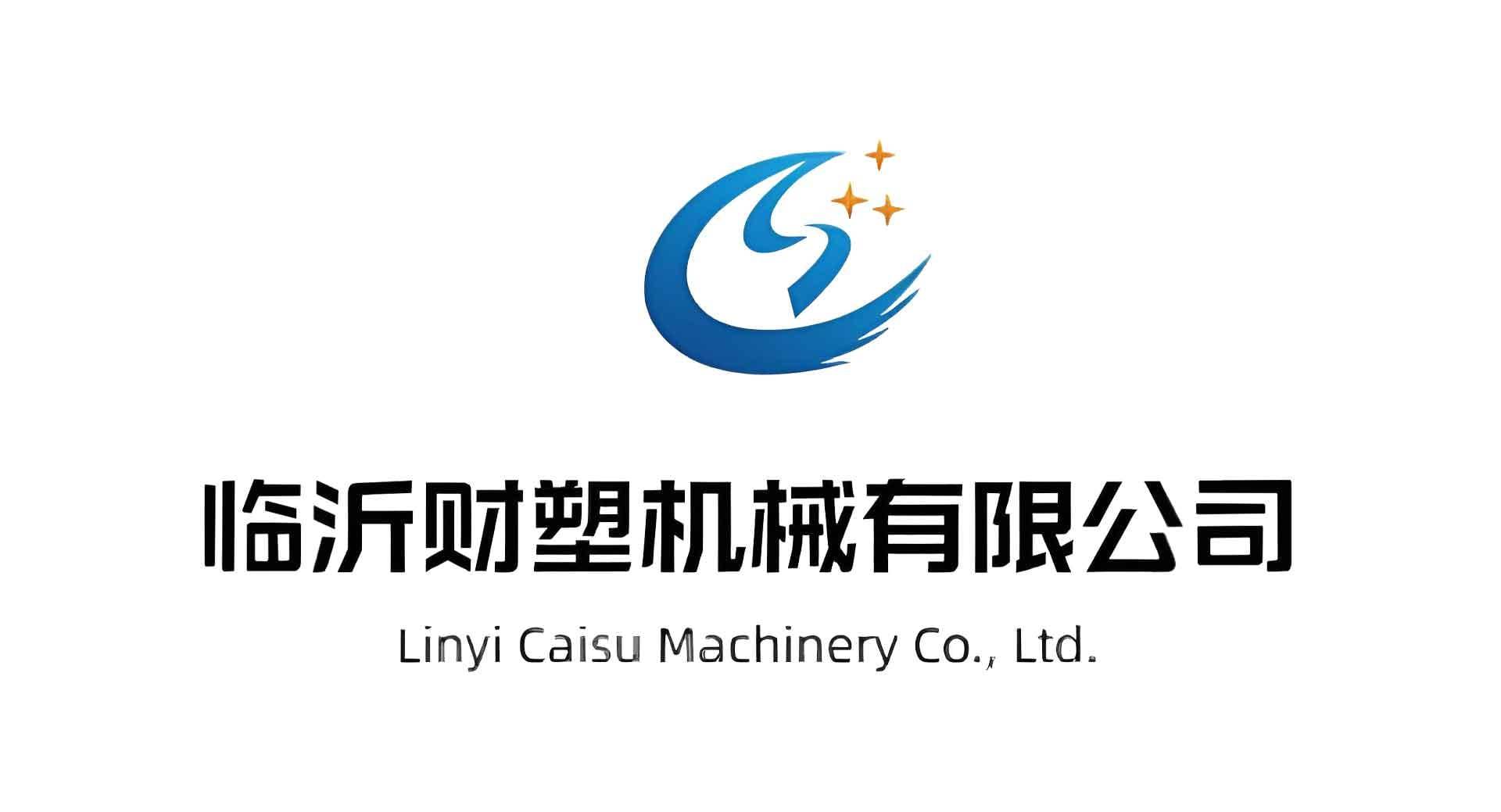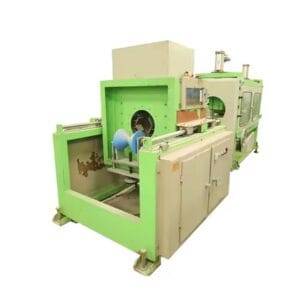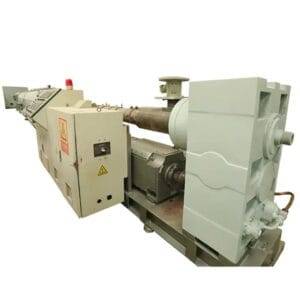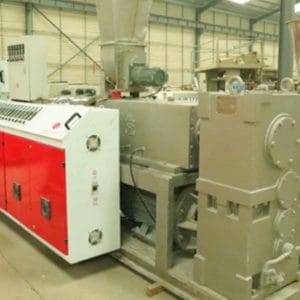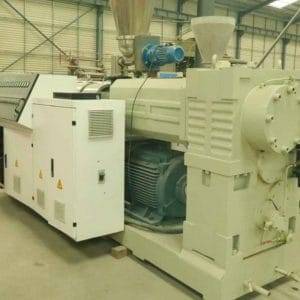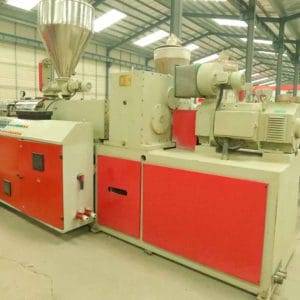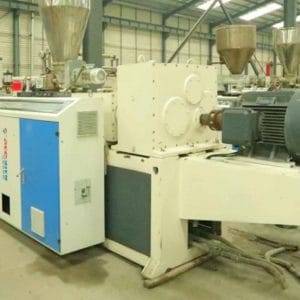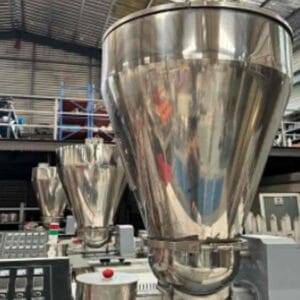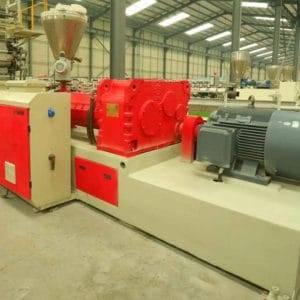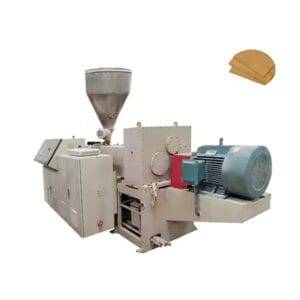Welcome to My Blog!
Before we dive into the content, I’d love for you to join me on my social media platforms where I share more insights, engage with the community, and post updates. Here’s how you can connect with me:
Facebook:https://www.facebook.com/profile.php?id=61567891941530
Now, let’s get started on our journey together. I hope you find the content here insightful, engaging, and valuable.
Caisu Machinery sells a variety of used plastic pipe production equipment. The products are of high quality and low price. Welcome to contact us for consultation and purchase. We will be happy to serve you.
Table of Contents
Introduction
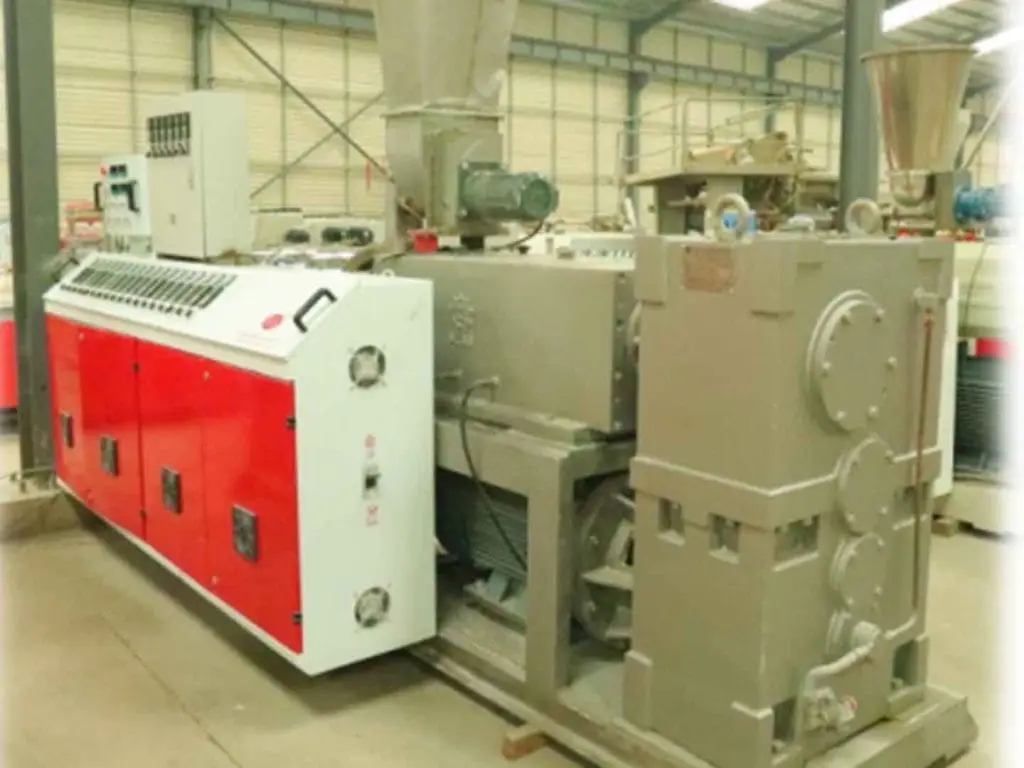
In manufacturing, extruders play a crucial role across various industries, including plastics, food processing, pharmaceuticals, and metal fabrication. Understanding the differences between extruder types is key to choosing the best one for your needs. This article will guide you through the most common extruder types, their features, and their applications, helping you make an informed decision.
What Is an Extruder?
An extruder processes materials by forcing or drawing them through a die to create a specific shape. Used for products like plastic tubing, wires, food items, and 3D-printed structures, extruders vary by type, design, and functionality. The primary types include single-screw extruders, twin-screw extruders, and specialized extruders like ram extruders, each suited to specific tasks.
Understanding Common Extruder Types
Single-Screw Extruder
The single-screw extruder is the simplest and most widely used type, with a rotating screw inside a barrel. Material is fed, heated, and shaped through a die.
Key features include a simple design, cost-effectiveness, and suitability for tasks like plastic sheet or tubing production. Its advantages include ease of use, high throughput, and effectiveness with thermoplastics.
Twin-Screw Extruder
This extruder has two intermeshing screws, offering superior mixing, heating, and extrusion capabilities. It is ideal for complex processes like compounding. Advantages include better blending, suitability for high-precision tasks, and versatility with different materials.
Ram Extruder
The ram extruder uses a hydraulic or mechanical ram instead of a screw. It excels at processing high-viscosity materials like rubber or ceramics. Its high-pressure capability and ability to produce dense, large products make it valuable for specialized applications.
Specialized Extruders
These include planetary extruders, disk extruders, and 3D printing extruders, which are tailored for specific industries. They offer extreme precision and versatility but require specialized knowledge.
Factors to Consider When Choosing an Extruder Type

When selecting an extruder, you should consider the material, production volume, product specifications, and budget. Different materials perform best with specific extruder types, while production speed and precision requirements influence your choice. A costlier extruder may provide better efficiency and long-term savings.
Comparison of Extruder Types
| Extruder Type | Best For | Advantages | Limitations |
|---|---|---|---|
| Single-Screw Extruder | Basic plastic applications | Cost-effective and simple | Limited mixing capabilities |
| Twin-Screw Extruder | Complex processes, material blending | Enhanced precision and blending | Higher initial investment |
| Ram Extruder | High-viscosity materials | High-pressure and dense output | Limited to specific uses |
| Specialized Extruders | Niche and custom applications | Extreme precision and flexibility | Requires expertise |
Advantages of Choosing the Right Extruder Type
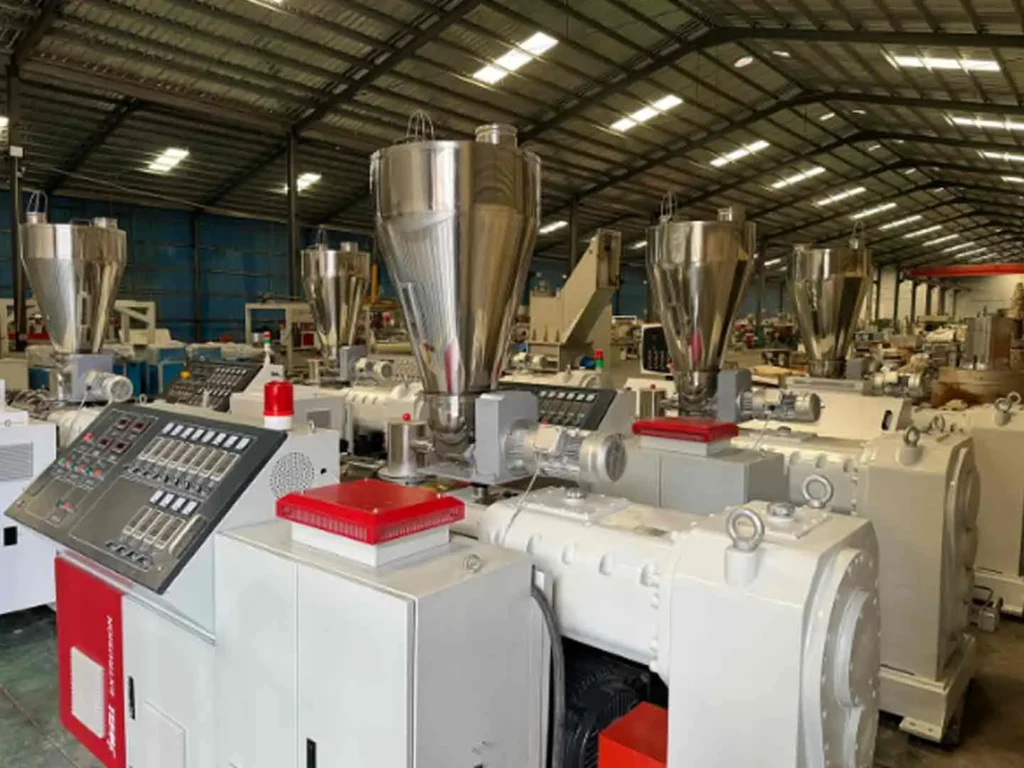
Using the correct extruder type ensures efficient operations, better product quality, and reduced material waste. Single-screw extruders are ideal for simple applications, while twin-screw extruders excel in precision tasks. Specialized extruders cater to industries like 3D printing, where unique designs are necessary.
Conclusion
Understanding extruder types is vital for optimizing production. By evaluating material compatibility, production needs, and budget, you can choose the right extruder to meet your goals. Proper selection enhances efficiency, reduces waste, and improves product quality. Consult with experts if needed to make the best decision.
FAQ
What is the most versatile extruder type?
The twin-screw extruder is highly versatile, handling various materials and offering superior blending capabilities.
Can a single-screw extruder handle advanced compounding?
While capable of basic compounding, a twin-screw extruder is better suited for advanced blending and homogenization.
What affects the efficiency of an extruder?
Efficiency depends on material properties, die design, extrusion speed, and temperature control.
Are specialized extruders essential for 3D printing?
Yes, 3D printing requires specialized extruders to handle precision layering and material flow control.
How can I maintain an extruder for optimal performance?
Regular cleaning, component inspections, and proper lubrication are essential for ensuring consistent performance and avoiding mechanical issues.
